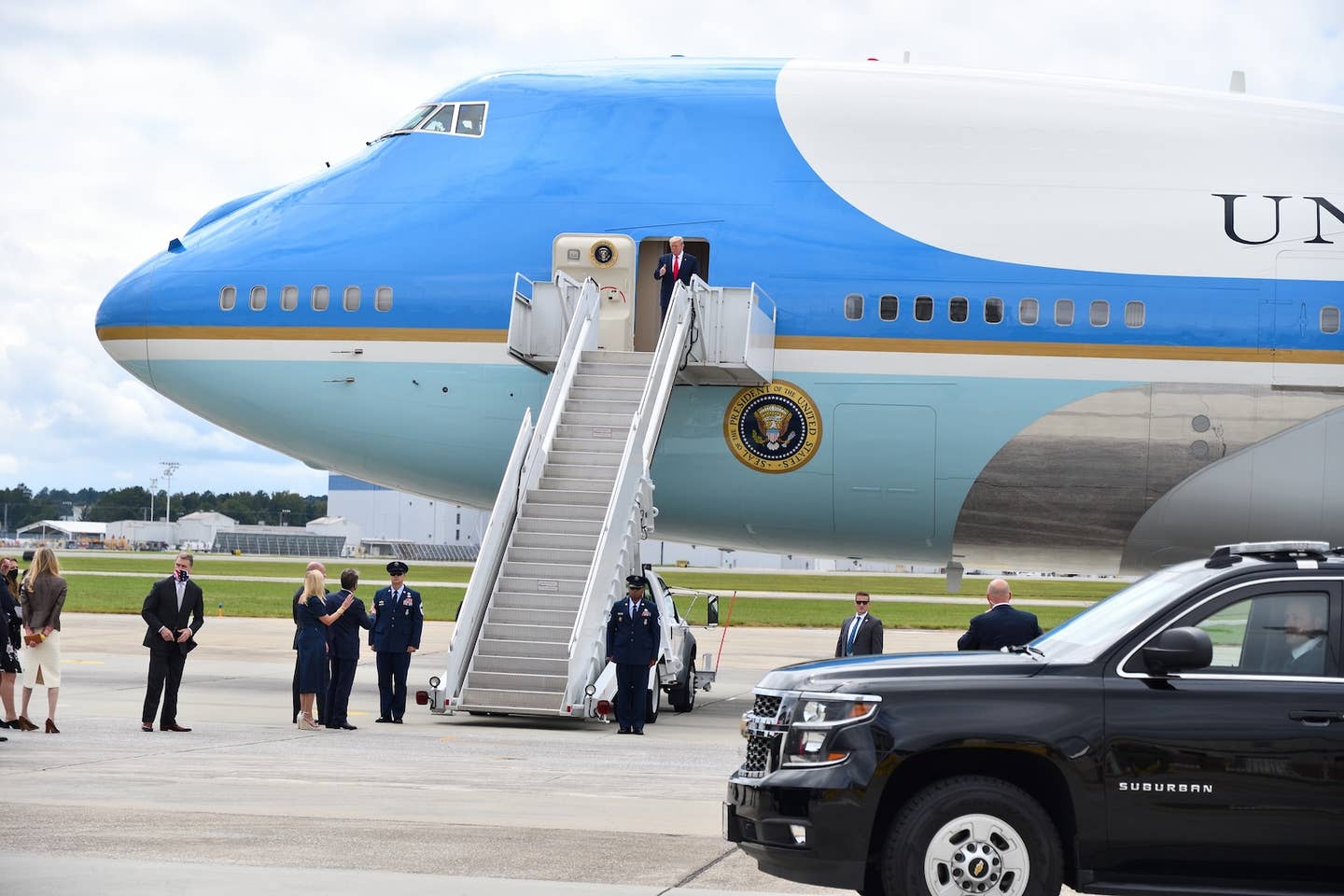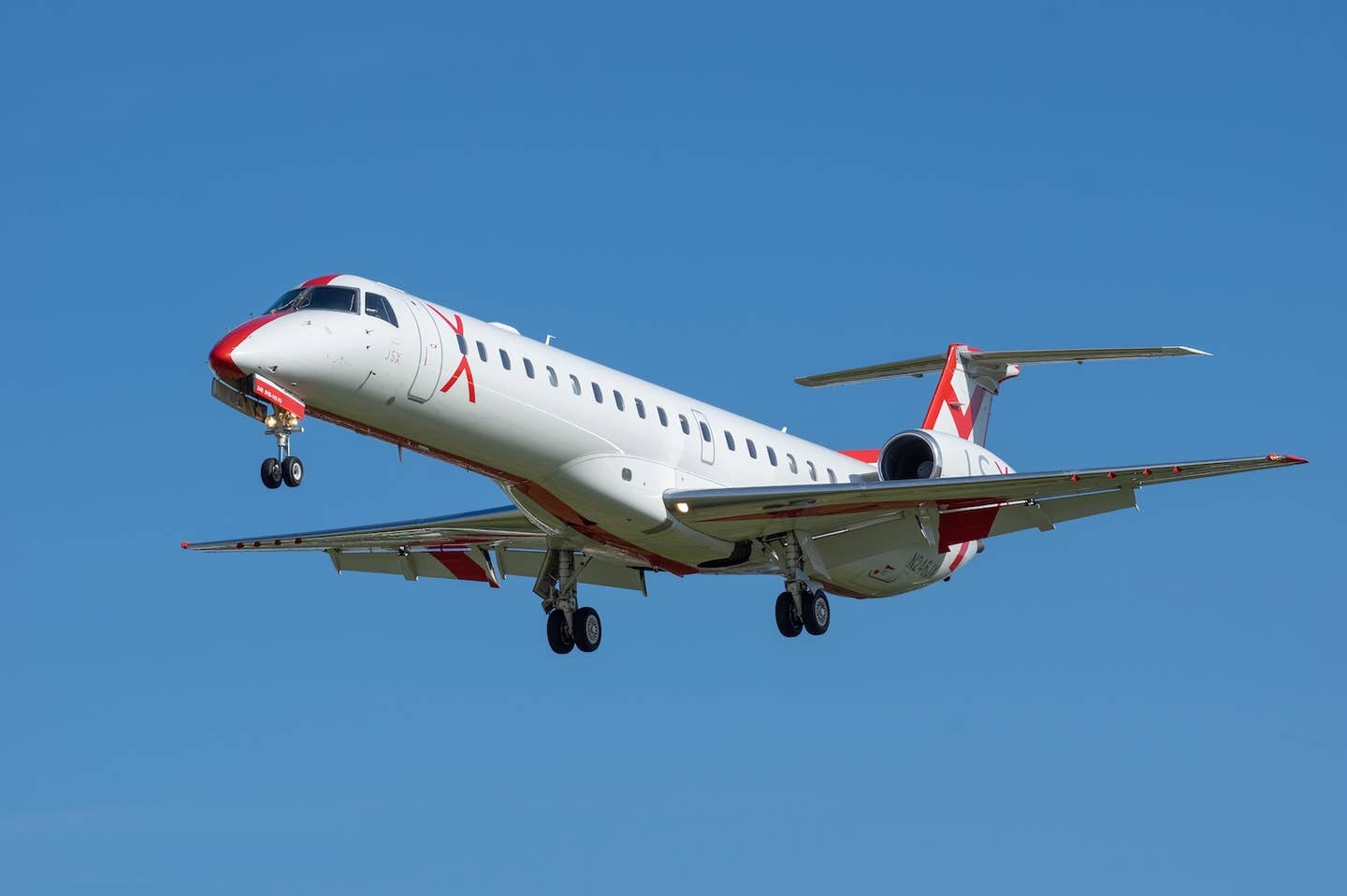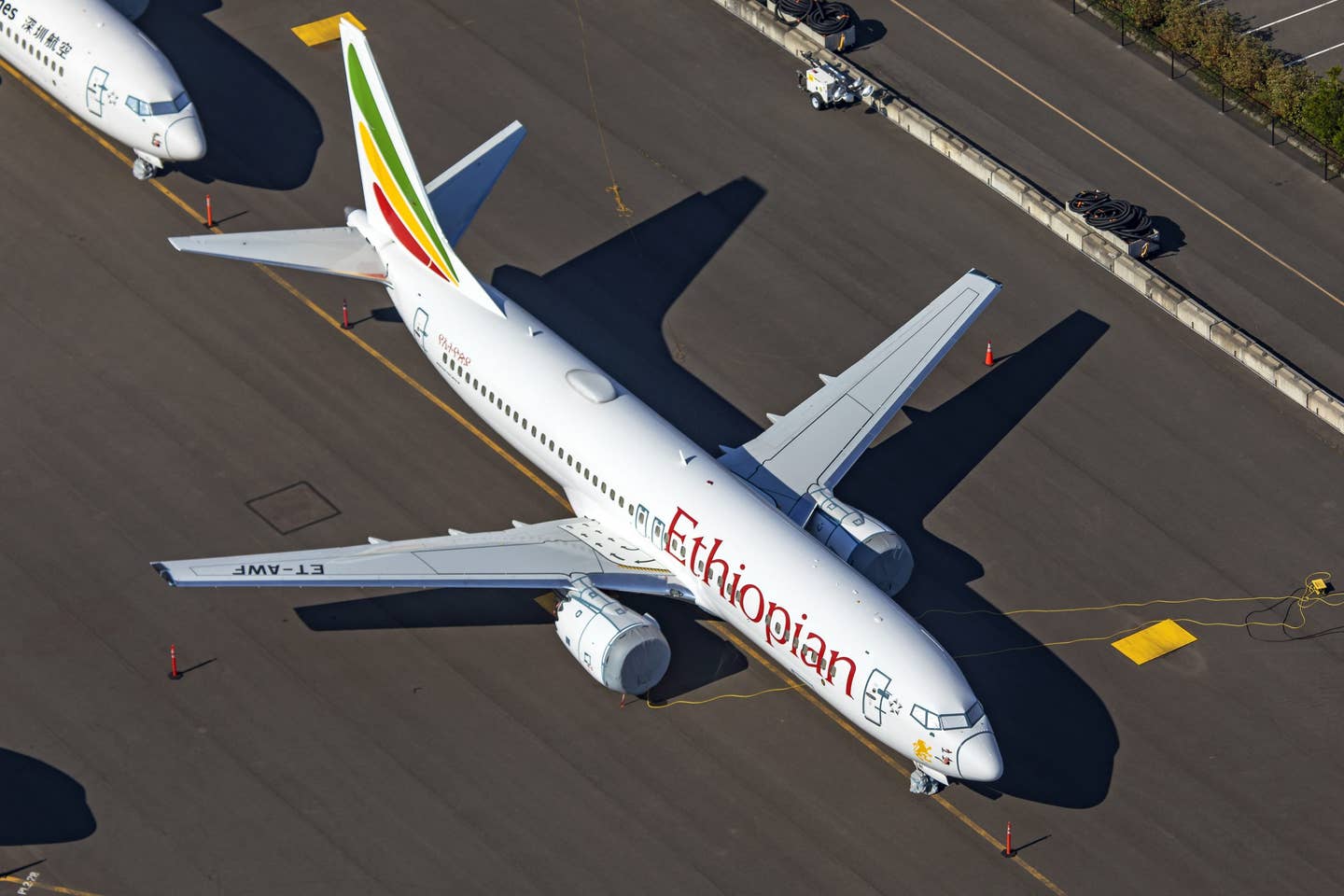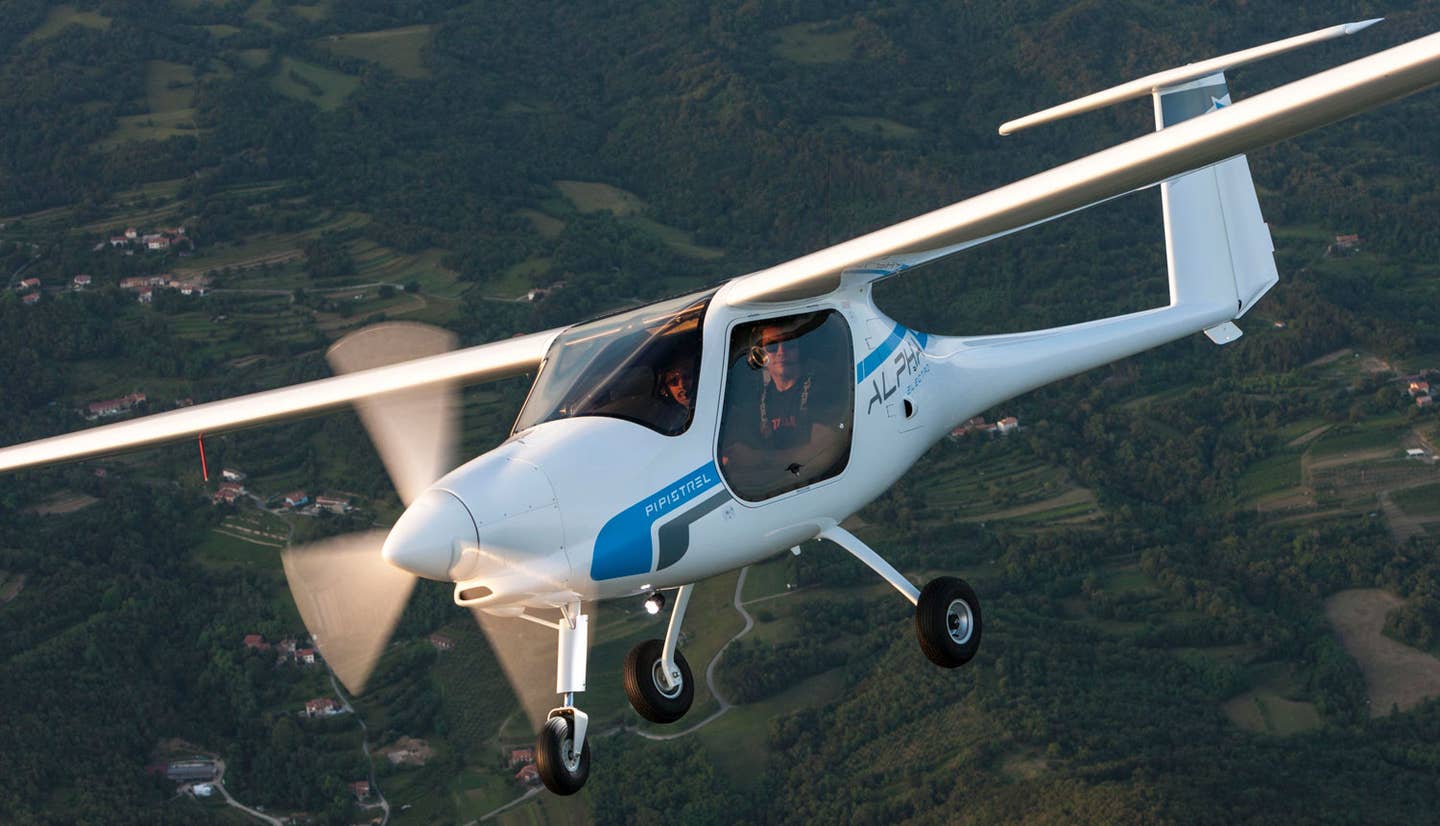The Epitome of Cool
Turbochargers boost power within safe limits—as long as you treat them with care.
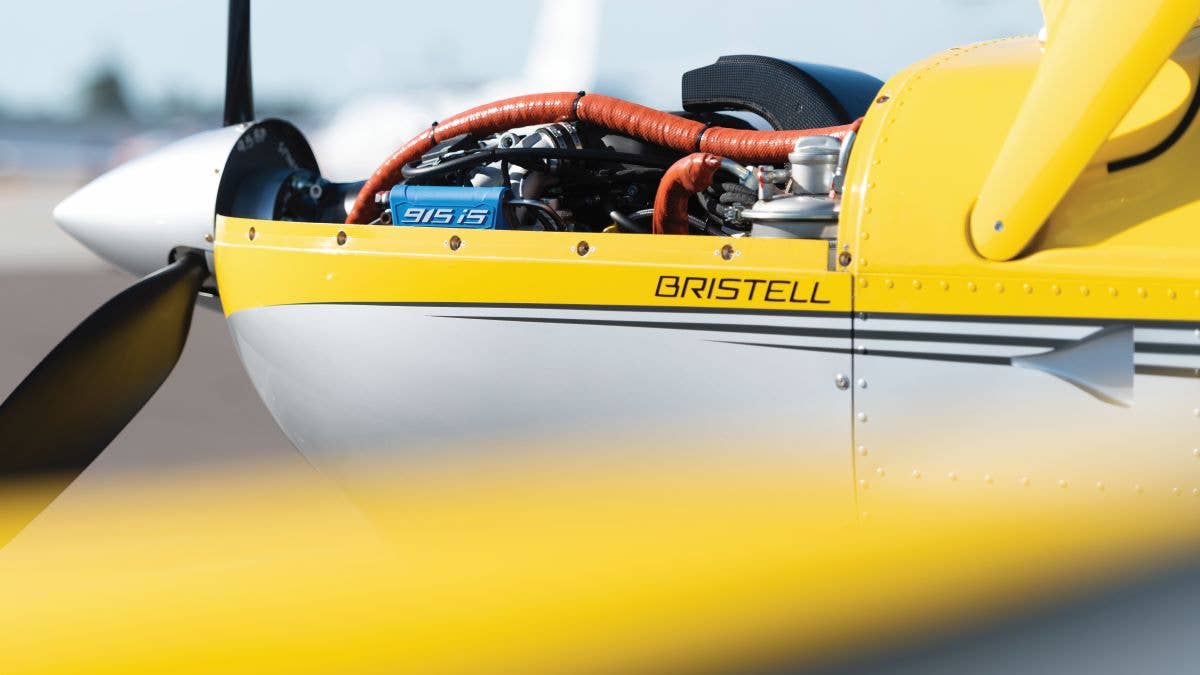
[Credit: Leonardo Correa Luna]
Turbochargers are the epitome of cool. Early in the 1960s, Oldsmobile had the first production turbocharged automobile, the F-85 Cutlass with a Garrett AiResearch turbo dubbed the Turbo-Rocket engine and marketed as the Jetfire.
If you're not already a subscriber, what are you waiting for? Subscribe today to get the issue as soon as it is released in either Print or Digital formats.
Subscribe NowThe 1979 Porsche 930 Turbo, one of the first production street cars to experiment with turbocharging, was an icon for the era. Many of my friends had posters of them, in fact. 1986 found me cruising the streets in my 20-year-old Ford Fairlane (normally aspirated), blaring Judas Priest "Turbo Lover" on a cassette tape deck in the dash.
In all honesty, I should close out this article right here, as whatever I write next cannot compare to rolling through the Big Star parking lot and turning up Judas Priest.
Components
The components of an aircraft turbocharging system are the turbocharger, throttle body, intake manifold, exhaust manifold, air intake, wastegate, and exhaust. The turbocharger assembly has three main components: the turbine that receives gases from the exhaust, the compressor that takes intake air, compresses it and drives that into the cylinder—and a shaft connecting the two.
The turbine is the driving force behind the turbocharging system. Exhaust gas from the manifold causes it to spin; this is the residual that bypasses the wastegate.
Connecting the turbine and the compressor is the turbine shaft. This solid metal connector ensures the compressor spins as the turbine spools up. Turbocharger shafts require proper lubrication and often fail if they are starved of oil.
The compressor delivers compressed air to the intake side of the cylinder head. Driven by the turbine by way of the shaft, the compressor spins in unison to complete the job started by the exhaust. This increase in air pressure through the intake is known as manifold pressure. As with many things in life, you can have too much of a good thing. Your engine cannot always handle excess manifold pressure, and it can cause severe damage.
The turbocharging system accounts for unneeded or unwanted pressure through the wastegate. This process can either be automatic or manually actuated by the pilot from the cockpit. In either case, the mission is to dissipate exhaust gas before it enters the turbo unit, spinning the compressor faster and harming the engine.
Operation
The baseline operating parameter for reciprocating engines is at sea level. This is also where your powerplant produces the most power. As an aircraft increases in altitude, pressure and density inversely decrease, causing power to decrease.
Turbocharged engines operate at much higher pressures and temperatures than their normally aspirated counterparts. Many reciprocating aircraft need a turbocharger for high-altitude flying. If not properly maintained, this can cause additional strain to your exhaust system.
Some also bleed air from the turbo systems to pressurize aircraft cabins.
I recently spent some time with Tim Gauntt, director of product support at Hartzell Engine Technologies, LLC (HET). He was kind enough to pass down some knowledge concerning turbocharger systems.
One topic we covered: how and to what extent pilots should run “lean of peak” (LOP). How does this affect the turbocharger and components for specific aircraft? The turbocharger is rated for a specific temperature, typically based on the turbine inlet temperature (TIT). The turbo is within its standard operating range if that temperature is not exceeded.
Lean of peak is a relatively new operating range, as there was no way to determine this before the engine analyzers were available. In times past, you leaned toa safe turbo TIT operating temperature as had been established by the OEM. As a reminder, all engine operations should comply with manufacturer recommendations. They are the experts. This practice is standard for Continental, Lycoming, and other OEMs like Rotax.
With all the talk of LOP operation and how it might affect the turbo system, the most common question asked is about turbocharger cool down, which is an operating parameter that can be controlled and will directly affect the longevity of the turbocharger system.
There are three things to consider. Are you operating a boosted engine system or a normalized system? Is this a 400 series AeroForce (Garrett, AiResearch, Honeywell) turbo or a 600 series AeroForce (RAJAY) turbo? And what type of pilot is flying the equipment?
Again, rule number one is the OEM recommendations should be followed on turbo cool down. In some cases, that information is hard to find. The Cirrus SR22T pilot operating handbook (POH) does not address cooling down the engine’s turbo components. However, the Continental engine operating manual for the installed TSIO-550-K powerplant has a specific procedure.
Boosted engines create boost and heat at any altitude, including at sea level. Because of this, they are the most susceptible to damage resulting from an inadequate cool-down. A normalized system doesn’t begin boosting until the aircraft gains altitude. Logically, the turbo is “off-line” on descent after reaching that same lower altitude.
The 400 series turbocharger unit uses iron to manufacture its center housings. Because iron does not dissipate heat quickly, the 400 series turbos are more susceptible to cool-down damage than a RAJAY-style turbo that uses an aluminum center housing. The aluminum dissipates heat quickly. Because of this, the HET overhaul manual states that no cool-down time is required on RAJAY turbocharged engine.
Aviation has a wide variety of operators. Some fire up the engines and taxi out without flight planning or monitoring the engine temperature. Others are very attentive to the equipment, as it can be pricey. They have a reasonable flight plan, monitor engine gauges, adjust cowl flaps—even if speed is reduced—and will sacrifice additional fuel flow for extra cooling.
As a side note, AeroForce, a HET company, recently accepted a purchase order from Textron Aviation authorizing the manufacture of Cessna part number C295001-0203 turbocharger for the Cessna 210 model aircraft with TSIO-520-CE powerplants. This turbocharger was unavailable for years, and as a result of this Textron Aviation partnership, new turbochargers will be available again sometime in the future.
Troubleshooting
Turbocharged aircraft are more complex than normally aspirated engines, but that does not mean you have to be afraid of them. As with anything aviation related, the care you put into the component dictates the performance you receive in flight. The key is attention to detail. Even the slightest oversight can have disastrous consequences.
I recall during my engine shop tenure the former owner working through an incident just before we acquired the business. His team tended to a Lycoming TIO-540-J2BD engine out of a Piper Navajo. Shortly after, the aircraft was at altitude, and the pilot noticed flames coming from the right-side engine cowling. The pilot had many hours in this airframe and shut things down immediately. During the investigation, the team found a hairline crack in a blue aluminum 45-degree elbow fitting. There is nothing like having fuel spray directly on hot engine components. A $20.00 part almost took down a quarter-million-dollar airplane.
It is easy to see how the mind can race when discussing the inner workings of aircraft. Every part must perform to exceptionally high standards. The stakes rise when introducing turbochargers to the mix. It is mission critical to identify the warning signs when things start to go south. What are some things to be aware of if you have concerns? Erratic system operation can be attributed to carbon deposits in the wastegate valve, also known as coke build-up. If left untreated, this could over-boost the engine due to the wastegate sticking closed. Excessive coke build-up in the turbocharger assembly often results in a low manifold pressure indication during takeoff and a loss of power.
While carbon deposits are common in turbocharger squawks, other contributing factors may also be present.
As an engine shop owner, I outsource my accessory work to several shops. As I have stated, it is better to leave component work to the experts. Please source from only Part 145 certified repair stations. One repair stationI dealt with is Approved Turbo Components (ATC) in Vero Beach, Florida. Jeff Newbold from ATC has some great intel on troubleshooting turbocharger systems.
I asked Newbold what common failures he saw at the shop with turbochargers and turbo components. He replied that one of the most significant issues is dealing with high-time units. Often, operators run their systems past recommended time between overhauls (TBO), which can spell trouble.
Another issue is oil starvation and contamination. These components spin at high rpm and need ample and clean oil to keep them in shape. Oil leaks because of other causes are also common. Pay close attention to check valves, scavenge pumps, and dirty air filters. Also, be mindful of high crankcase pressure. Check approvedturbo.com for an Oil Leak Troubleshooting Guide. Foreign object damage (FOD) is also a constant threat.
Is there anything pilots can do in flight to help preserve their turbo system? A five-minute engine cool-down does wonders for keeping carbon deposits from building up in the bearing housing. Be careful when leaning the fuel mixture. Extreme leaning can increase the turbocharger temperature, decreasing the components’ lifespan. Also, avoid rapid throttle movement to prevent thermal shock to the turbo. Doing so will prevent premature housing cracks.
Follow OEM guidelines as the baseline for your maintenance plan. One excellent resource is Kelly Aerospace Service Bulletin SB 23. After replacing a turbocharger, consult SB 23 to walk through the operational test. Troubleshooting turbo system problems before replacing them could save time and money.
One takeaway you can focus on when maintaining turbo systems: The first line of defense is a visual inspection. When checking the turbine and compressor blades, look for damage, abnormal wear, or discoloration. As you go over the entire system, check all bolts and lock plates. Pay particular attention to the bearing housing shoulder in the turbine housing.
You can check radial and axial play by lifting and pressing down equally from both ends. Only checking from one side gives a much larger result. It is imperative that you pre-oil replacement parts.
Gary Main, president of Main Turbo Systems, Inc., in Visalia, California, publishes technical briefs to inform the flying community on specific issues pertinent to turbocharger systems in aircraft. One such article, “Maintenance Tip #15,” deals with oil leaks, one of the most common issues facing turbocharger systems. There is a misconception that turbo-bearing housings are designed to fill with oil for lubrication. This is incorrect. As the oil enters the bearing housing, it automatically enters an oil galley and is directed down into the bearing housing. The oil is then directly fed into the main bearings. The article specifically details tips and knowledge not found in many manuals.
"Maintenance Tip #15" relates to engine pre-oilers and turbochargers. In the scenario detailed within, excess pre-oil entered the turbocharger, causing it to mimic a leak. Once the engine started, the engine-driven scavenge pump kicked in and removed the oil.
Main Turbo also has a specific bulletin on bearing housing to turbine housing clearance—"Maintenance Tip #11." One complaint: air is escaping. This situation gives a false indication of a blown-out gasket or seal. In reality, there is no gasket in this area. The seal is made when the bearing housing and heat shield are seated down into the turbine housing and properly torqued.
After Market
Not every turbocharged aircraft you encounter in the field was delivered from the factory that way. Aftermarket companies produce turbo solutions for legacy platforms and the aftermarket. Aircraft can be altered to accept an aftermarket turbocharger through the supplemental type certificate (STC) route.
One such company offering STCs is RAJAY Turbo Products, which it makes available for Beechcraft, Cessna, and Piper aircraft, to name a few. A complete list of their STCs can be found at rajay.aero. According to their website, an A&P can install a RAYJAY kit in approximately 70 hours per engine.
Tim Roehl, president of Tornado Alley Turbo, Inc., had a few points to add about turbonormalizing, which converts aircraft engines from normally aspirated to turbocharged.
The upgrade provides the same 29 or 30 inches of manifold pressure that's available at sea level. Turbonormalization takes advantage of the higher compression ratio, better thermodynamic efficiency, and higher intercooler efficiency. The result is cooler cylinder head temperature, exhaust gas temperature, and TIT. Additional benefits include better fuel economy and extra power—as horsepower is not shed with heat loss—allowing the aircraft to operate more efficiently.
Maintenance of your turbocharging system is paramount in the care and keeping of your aircraft. Failure to do so would spell disaster for the aircraft powerplant and could result in an incident at altitude. Follow the OEM guidelines.
Check in with your maintenance provider. Only use certified resources, consult technical publications, and resist cost savings measures that cut corners.
This article was originally published in the April 2023, Issue 936 of FLYING.

Sign-up for newsletters & special offers!
Get the latest FLYING stories & special offers delivered directly to your inbox



